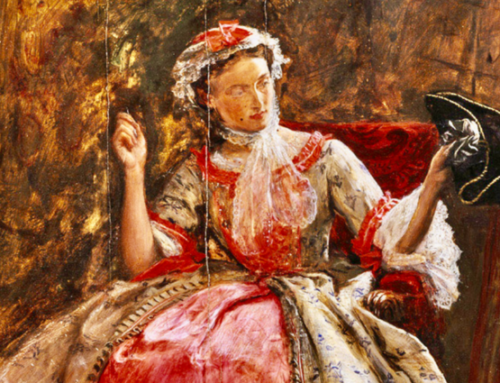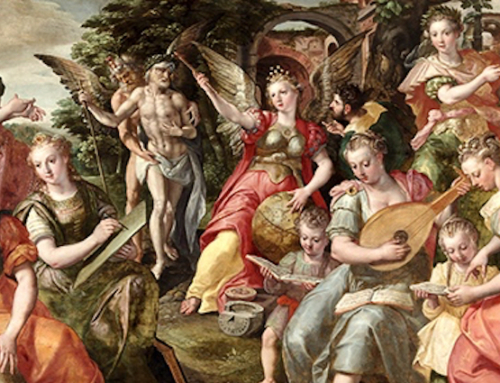
Beauty for Truth’s Sake: On the Re-enchantment of Education, by Stratford Caldecott, Brazos Press, 2009.
Among the many fine resources available for Classical Christian Schools, here is another truly helpful book. This work does what few others in recent years have attempted to do, and that is address a possible theoretical and practical connection between the trivium and quadrivium. Caldecott attempts to bridge the horrific modernist gap between the Sciences and Liberal Arts.
Caldecott’s prose style is a treat of it own. This work issues a clarion call for returning to the best of the liberal arts tradition. Caldecott takes the reader back to the roots within the Pythagoreans and draws the lines up to the establishment in the Medieval Cathedral schools. Few in the post-modern world would have imagined an educational renaissance rooted in the middle ages, but that is exactly what is happening with many Classical Christian schools.
Most readers familiar with the Classical Christian school model of the trivium and quadrivium are keenly indebted to Dorothy Sayers and then a host of most recent writers who have explored and applied the trivium to this moment. Caldecott (and others) noted that Sayers brilliantly defended the trivium but neglected the quadrivium. Caldecott proposes a modification and application of the quadrivium by doing what Neil Postman said of all education. Postman argued that disciplines have a history and should be taught historically. Uniquely for Caldecott, what most profoundly unites the trivium and the quadrivium is beauty. Caldecott presents his case within the rich consensus of the Great Tradition that beauty is not “in the eye of the beholder” rather, beauty is a harmonious ordering reality. Caldecott astutely quotes Socrates, “The object of education is to teach us to love what is beautiful.”
This work would be a marvelous precursor to C.S. Lewis’s The Discarded Image. You can tell that Lewis and Caldecott breath the same fresh Medieval air. For any Classical Christian school that is seeking a blueprint for bringing back what modernity wrongfully divided, this book is a fantastic starting place.
Books mentioned in this essay may be found in The Imaginative Conservative Bookstore.







Leave A Comment